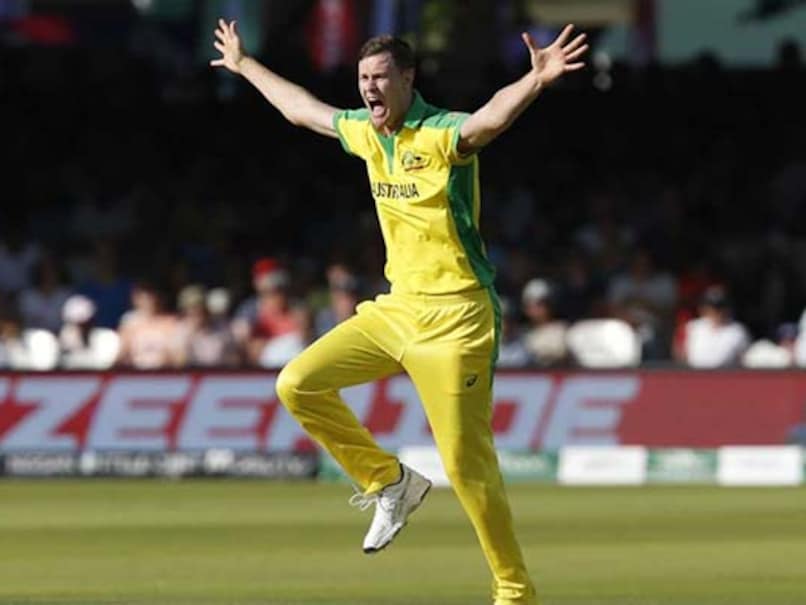Works of metro, bridges as well as real estate projects are going on in the city, Minister said.
Mumbai:
A blanket of mist enveloped Mumbai on Wednesday, pushing the city’s air to the ‘moderate’ category on the Air Quality Index (AQI). The phenomenon has been there for the last three to four days, said officials.
According to the Indian Institute of Tropical Meteorology-managed System of Air Quality and Weather Forecasting and Research (SAFAR), at 6 pm on Wednesday, the PM10 level in Mumbai’s air was 143 as against 122 in Delhi.
Mumbai’s guardian minister Deepak Kesarkar claimed that ongoing works of development projects such as metro were causing dust pollution in the city.
“There is availability of moisture, anti-cyclonic wind circulation which does not allow the wind to ascend. The anti-cyclone is right over Mumbai,” said India Meteorological Department (IMD) scientist Sushma Nair, adding that moisture gets stuck in the air due to it.
However, with deteriorating air levels come respiratory illnesses, said medical professionals.
Dr Rajesh Sharma, mentor, Department of Pulmonary Medicine, Sir H N Reliance Foundation Hospital, said that commonly when the quality of air is very poor, it has a lot of particulate matter (PM), gases, and chemicals used in buildings – for furniture being made or polish and painting works.
“When the air quality is really bad, and people are constantly inhaling this (poor air), they tend to develop bronchitis. There is a definite correlation between poor air quality and worsening symptoms ranging from cough, breathlessness, and wheezing, over a period of time,” Sharma said.
Poor quality of air is associated with significant health issues, and the most susceptible are the elderly, those who are very young, and people who venture out when the quality of the air is the worst, he said.
Maharashtra minister Deepak Kesarkar conceded that air pollution has increased in the city.
It was not a chemical pollution, he said while talking to reporters at the headquarters of the Brihanmumbai Municipal Corporation.
Works of metro, bridges as well as real estate projects are going on in the city, he said.
“The pollution in Mumbai is not a chemical pollution, it is mostly dust pollution,” Kesarkar said, adding that authorities are looking for ways to curb it.
Fogging machines have been installed for controlling pollution in neighbouring Thane, and officials were checking if such machines, besides pollutant absorbing machines, can be installed in Mumbai, the minister said.
The government was also thinking of appointing an agency like IIT Bombay to study the feasibility of replacing hand carts with battery- operated vehicles which will help handcart pullers and reduce traffic congestion in central Mumbai, he said.
(Except for the headline, this story has not been edited by NDTV staff and is published from a syndicated feed.)



















